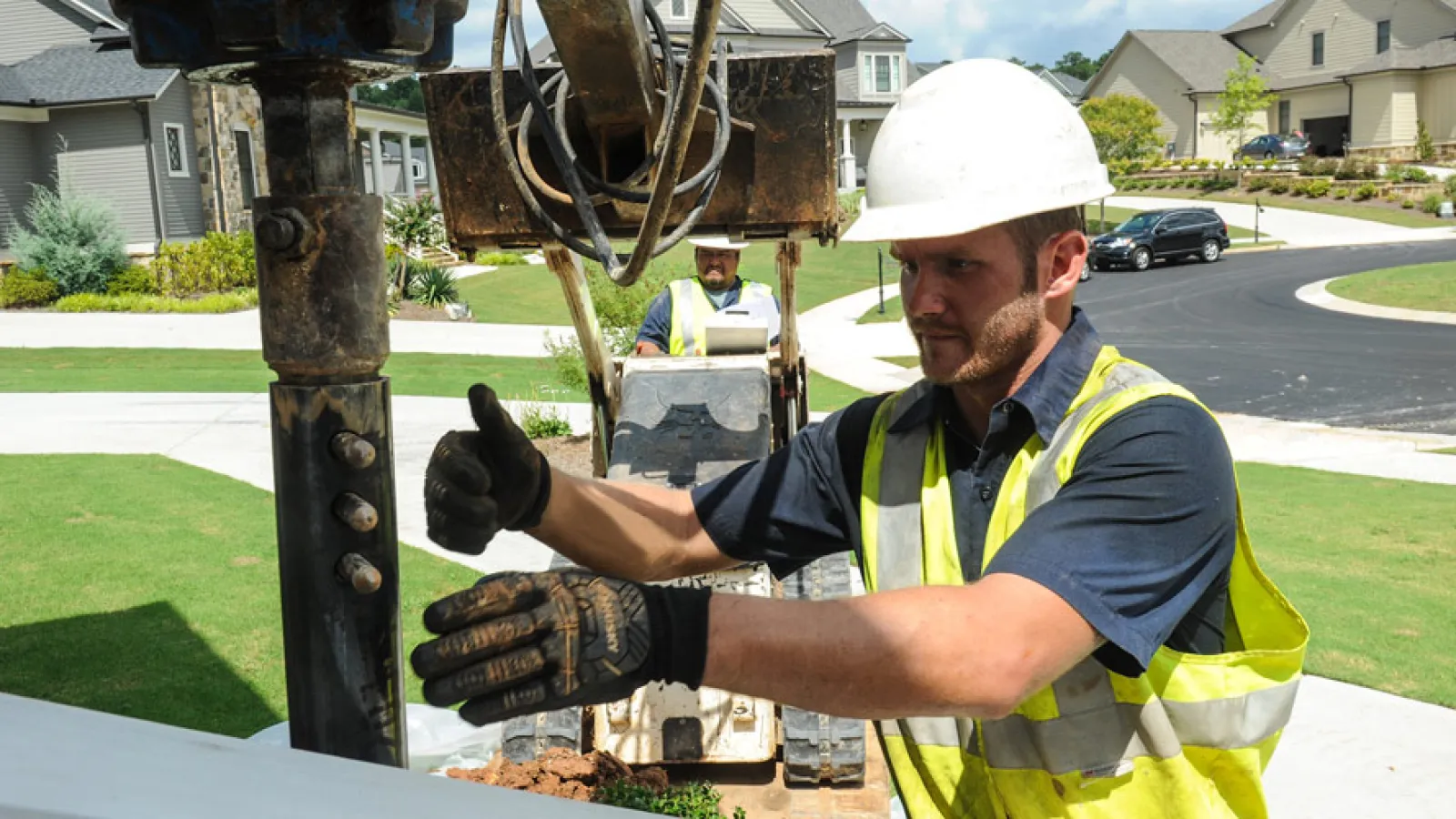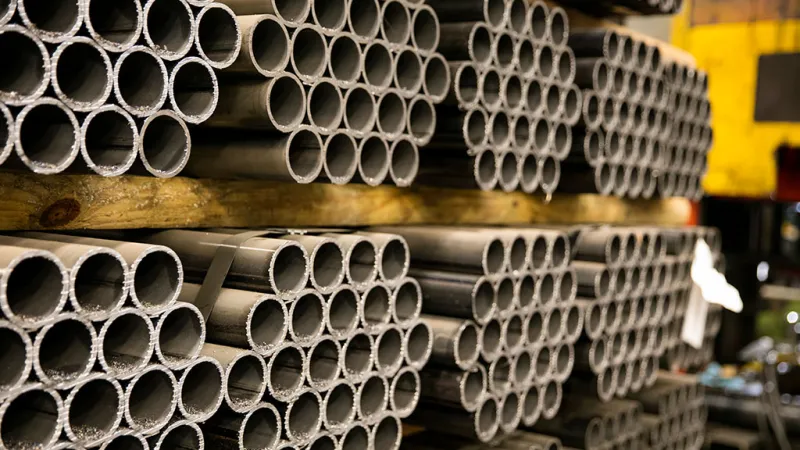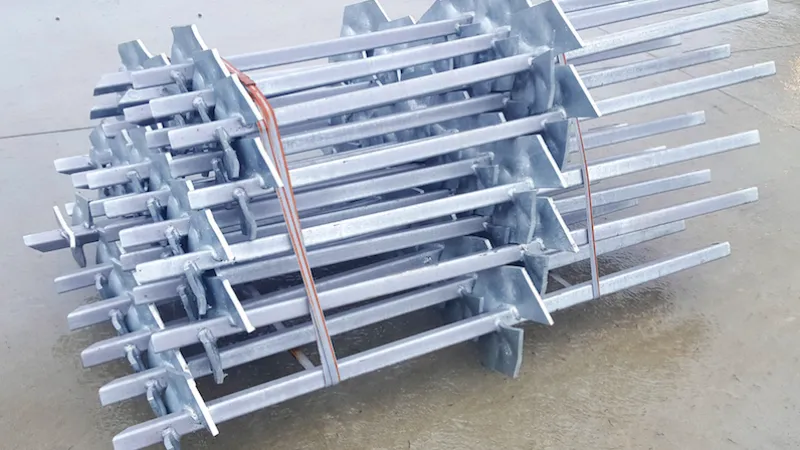Cantsink
Products
Produced in our environmentally friendly, net-zero carbon manufacturing facility in the USA.
Cantsink's Construction
Products
Produced in our environmentally friendly, net-zero carbon manufacturing facility in the USA.
Cantsink is the world's leading manufacturer of helical piers and foundation engineering tools for engineers, architects, and contractors. For more than 35 years, we have worked with experts in the construction industry to determine the best ways we could help them achieve their goals.
Through decades of determination from our engineers here at Cantsink, we have developed products that have not only helped the construction industry but have become the standard for the industry. We are able to apply 35+ years of experience in the foundation industry into manufacturing the best quality products for structural stability.

More About
Cantsink Products
Cantsink
Pipe Piles

Round Corner
Square Shaft

Cantsink
Helical Piles
Cantsink is also dedicated to providing the construction industry with the tools and education necessary to utilize our products. Our helical piles are made to meet the unique requirements and specifications of a wide variety of projects. As a leading foundation engineering tools and helical pier manufacturer, we understand that there are specific problems at every construction site, which is why, even though our products are the industry standard, we don't want to have a one-size-fits-all mentality.
Our products can be used in any type of soil conditions, and provide a long-lasting hold for your project. The environment is also extremely important to us, so all of our products are produced in a net-zero carbon facility, powered by solar energy, in the United States. We have come to understand that our industry relies on working with the planet, not against it. Our net-zero carbon facility allows all of our manufacturing to be done in a way that helps reduce our impact on the climate as much as possible. This is why we also locally source all of our raw material as much as possible to limit the number of fuel emissions that are carried out through the process, all while supporting United States job growth.